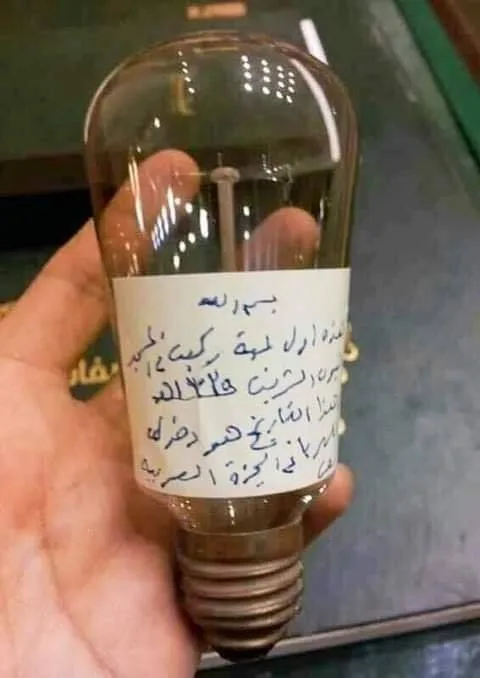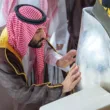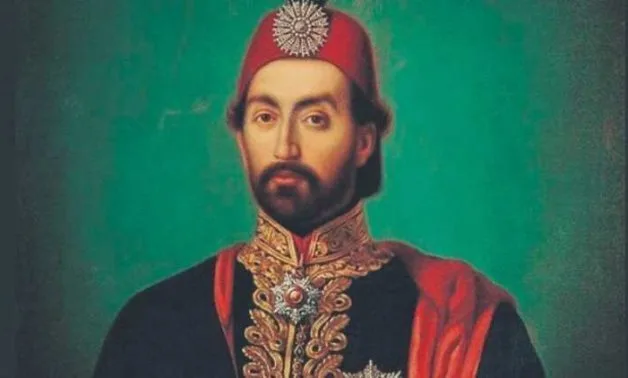The Sultan of Ottoman introduced electricity to the mosque, bringing light to the Prophet’s mosque that had been illuminated solely by oil lamps and natural sunlight for centuries.
During the reign of Sultan Abdul Majid the world was rapidly advancing into the modern age. Born in Istanbul in 1839, he ascended to the throne in 1876, during a period of great challenge for the Ottoman Empire.
He grew up in the Topkapi Palace. His education was steeped in both Islamic teachings and the modern sciences.

Before the installation of electric lights, the Prophet’s mosque in Medina relied on the dim glow of oil lamps.
The introduction of electricity in the late 19th century was a great improvement, providing brighter, more reliable lighting that enhanced the mosque’s atmosphere, especially during evening prayers.
This modernization allowed for more flexibility in worship times and created a more inviting environment for the thousands of pilgrims who visit the mosque each year.

The Enduring Legacy of the 120-Year-Old Bulb
Among the first bulbs installed by Sultan Abdul Majid in Masjid an-Nabawi is one that has become a symbol of his legacy—a light bulb that has been shining for over 120 years.
This bulb, located within the mosque, still functions today, a remarkable feat that speaks to the quality and care taken during its installation.

Sultan Abdul Majid passed away in 1909, but his legacy lives on, particularly in the glowing light of that 120-year-old bulb in Masjid an-Nabawi.
Subscribe to our channels on WhatsApp, Google News, Facebook and Instagram.Discover more from The Islamic Information
Subscribe to get the latest posts sent to your email.












